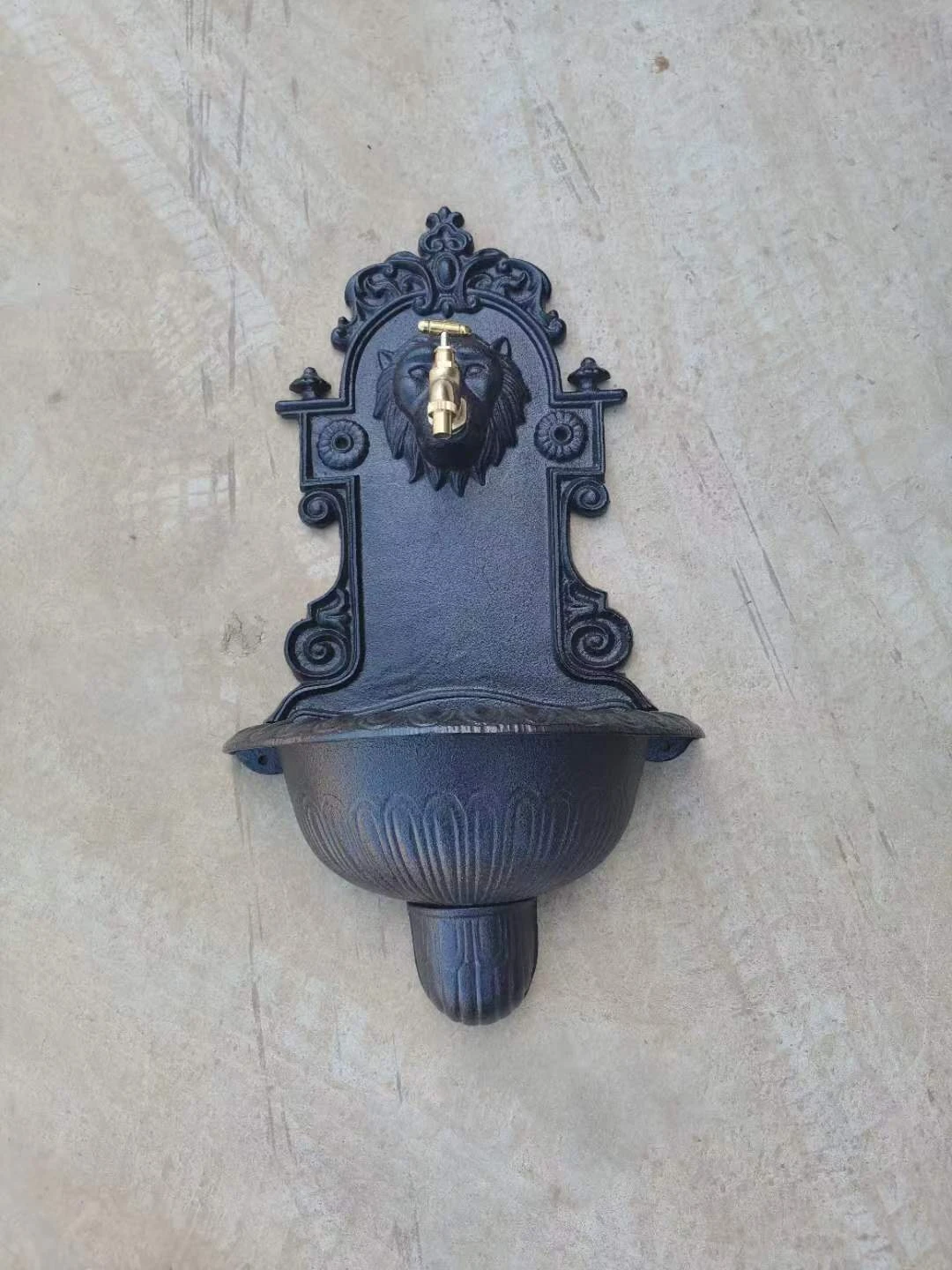Exploring the Properties and Applications of Cast Iron in Modern Engineering
The Significance of Cast Iron in Modern Industry
Cast iron, a group of iron-carbon alloys with a carbon content greater than 2%, has been a crucial material in various industries for centuries. Its journey from the ancient metallurgy practices to modern applications demonstrates its enduring utility and resilience. This article will explore the characteristics, advantages, and applications of cast iron, highlighting its significance in contemporary manufacturing and construction.
The Properties of Cast Iron
Cast iron is renowned for its excellent castability and fluidity, allowing it to be poured into molds to create intricate shapes—something that is not as easily achieved with other materials. The high carbon content in cast iron contributes to its hardness, wear resistance, and ability to withstand high temperatures. Additionally, cast iron showcases remarkable damping capacity, which helps in absorbing vibrations, making it an excellent choice for applications where noise reduction is essential.
Among the various types of cast iron, gray cast iron, ductile (or nodular) cast iron, white cast iron, and malleable cast iron stand out, each serving different purposes based on their unique properties. For instance, gray cast iron, with its graphitic structure, is preferred in manufacturing engine blocks, pipes, and cookware due to its machinability and thermal conductivity. On the other hand, ductile cast iron, which contains spherical graphite nodules, offers higher tensile strength and is commonly used in producing automotive components and heavy machinery parts.
Advantages of Cast Iron
One of the significant advantages of cast iron is its cost-effectiveness. The raw materials required to produce cast iron are abundant and inexpensive, which translates to lower manufacturing costs. Moreover, the ability to cast complex shapes often reduces the need for additional machining processes, further economizing production.
hierro fundido

Cast iron also exhibits exceptional resistance to deformation and fatigue, making it a reliable choice for high-stress applications. Its ability to withstand extreme temperatures makes it suitable for engine components and cookware. Furthermore, cast iron's longevity and durability ensure that products made from it can withstand the test of time, providing value through years of service.
Applications Across Industries
The versatility of cast iron makes it an integral part of numerous sectors. In construction, cast iron pipes are widely used for plumbing and drainage systems due to their strength and resistance to corrosion. Architectural elements made from cast iron, like columns, railings, and decorative details, show not only functionality but also aesthetic appeal.
In the automotive industry, cast iron remains a preferred material for engine blocks, flywheels, and component housings. Its ability to withstand high temperatures and pressures is crucial for ensuring vehicle performance and safety.
Moreover, the cookware industry has embraced cast iron for its excellent heat retention and distribution properties. Cast iron skillets and Dutch ovens are popular among chefs and home cooks alike, known for their ability to enhance cooking performance and impart unique flavors.
Conclusion
As we move further into the 21st century, cast iron continues to hold a prominent place in modern industry. Its unique properties, cost-effectiveness, and wide-ranging applications underscore its enduring relevance. Whether in construction, automotive manufacturing, or culinary arts, cast iron proves itself as a versatile and reliable material that stands the test of time. As innovation and technology evolve, it will be fascinating to see how cast iron adapts and integrates into future applications, further solidifying its role as a cornerstone in industrial development.
-
Window Lock Handle for Security UpgradesNewsJun.20,2025
-
Proper Lubrication Techniques for Sliding Gate WheelsNewsJun.20,2025
-
Ornamental Iron Castings for Interior DesignNewsJun.20,2025
-
Creative Ways to Decorate Around a Cast Iron FireplaceNewsJun.20,2025
-
Cast Iron Pipe and Fitting for Plumbing SystemsNewsJun.20,2025
-
Cast Iron Panel Casting for Architectural ElementsNewsJun.20,2025















